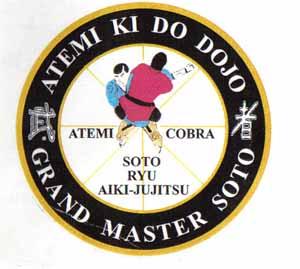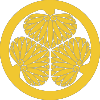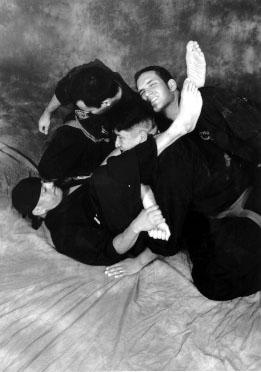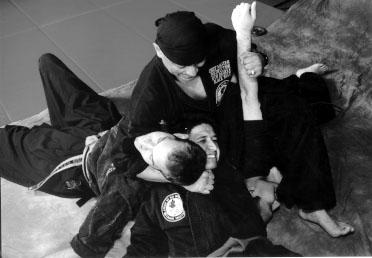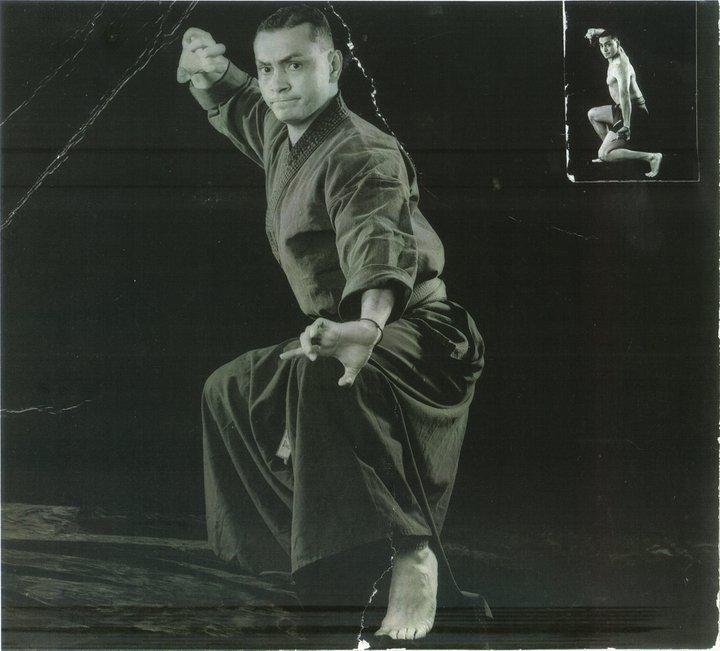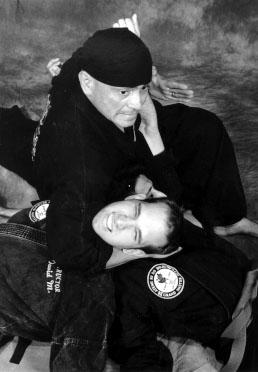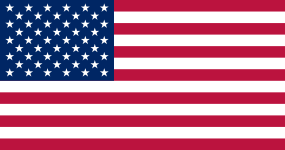
Professor Grandmaster Irving Soto was born in the Bronx, New York in 1954. His parents moved to Brooklyn, New York in 1956. One day his mother took him to the Laundromat to do her laundry, there was this Oriental man called Tashioshi in which he owned and operated the
Master Tashioshi operated and owned the LauLaundromat. ndromat in which he taught martial arts classes of Japanese jujitsu in the back of Laundromat. Tashioshi taught only certain kids in the neighborhood; the classes were free for the kids in the neighborhood. The system of martial arts Tashioshi taught was called Japanese Jiu-Jitsu.
While his mother traveled back and forth from Brooklyn to Chinatown working, she used to leave her son with a Chinese man who he later found out to be a Shoaling Monk which he taught Kung Fu. Later on growing and respecting him calling him his stepfather.
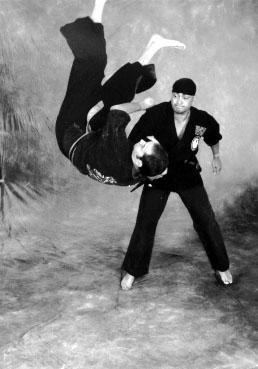
While growing up, Irving Soto had a thirst for learning the martial arts and he wanted to have extensive knowledge of the martial arts science. He studied them simultaneously to further his knowledge of the martial arts science. In 1968, at age 14, Tashioshi took the young Soto to Japan with other students where he became Kata Champion and Fighting Champion, and Weapons Champion. When Tashioshi moved away from the Brooklyn in Brownville east New York the most dangerous neighborhood in the world,
Grandmaster Soto continued his studies with his stepfather in Kung Fu. At the age of 16 he was master in Kung Fu.
He continued to further his studies in Jiu-Jitsu with the late Grandmaster Charlie Sparrow and Grandmaster Rudy Jones, and Master Ellis Evans. Ronald Duncan late Dr mosses Powell
These were trying times for the young master because there were many street thugs, gangs, rapists, murderers, and con artists in the neighborhood called Brownsville.
They challenged him numerous times, but failed to defeat him. These encounters served to be the training grounds for the future World Champion. In 1972, he fought and won the Full-Contact Bare Knuckle Championship in Japan--becoming Bare Knuckle Champion of Japan.
As a result of winning the Full-Contact Bare Knuckle Championship 5-times, he was invited to fight in the ultimate full-contact, anything goes, championship called the International Kumite.
This is not a point tournament fight. The International Kumite is the exclusive full-contact fight; everything goes open only to family members. Only the best of the best in the world were able to compete by invitation only.
The first time he won the Full-Contact, anything goes, and Kumite was in 1973. He competed and won a total of 8 times consecutively becoming 8-time consecutive world Kumite champion on undisputed
While travelling back and forth from Japan and the USA in the early 1972s, the young Master Soto was able to find the humble dojo of the Great Grandmaster K. Yamamoto of Samurai Aiki- Tansuki Tanaka Samurai family. Out of 1000 applicants to Grandmaster K. Yamamoto’s humble dojo, only 10 were selected. Out of those 10 only one was Gaijin or "Non-Japanese." Being a foreigner meant he had to try at least twice as hard as his Japanese classmates did.
This was a challenge that the young Master Soto accepted. He converted this challenge to being a great student in the martial arts to become one of the best. He did accomplish that, but not before some very difficult and trying times.
As a result of his honor andrespect for his teacher Grandmaster Irving Soto he fought and won the International Full-Contact, anything goes, Kumite ( this not point tournament) in the Orient as well as in Japan--8 times for 8 years consecutively--from 1973 through 1980--becoming 8-Time Consecutive World Kumite Undisputed Champion.
He had over 279 fights and knockouts during his career in martial arts as a fighter--His career as a fighter spanned from the early 1970s to the present time.
As a (Chief Hanshi Irving Soto) in Yamamoto’s dojo, he had the privilege of teaching the Thursday traditional night classes.
Following the footsteps of Sokaku Takeda (who made Aiki-Jujitsu famous--later calling it Daito Ryu), Morehei Ueshiba (Founder of Aikido), and Gogen Yamaguchi (Founder of Goju-Ryu Karate along with Master Miyagi--he became head of the system of Goju-Ryu after Master Miyagi died in the early 1950s.
Hanshi Soto has broken tradition. He is the first American to bring Atemi jujitsu back to America into the next millennium years.
Grandmaster Soto is the highest authority and last heir to the Complete Art of Atemi. Atemi Aiki ju-jitsu is not merely the art of striking. Atemi ju-jitsu is a sophisticated high level art: 365 attack points of the central nervous system, devastating Kyu-Jitsu throws, sophisticated ideological throws--breaking and throwing in midair, powerful boxing and locking techniques, grappling and gripping techniques, poison hand techniques, Pain compliance techniques, arm locking devices, elbow locking devices, finger locking devices, and koppo-jitsu "bone breaking". By combining these sophisticated high level techniques; Soto founded the Art of (Atemi-Jitsu) the martial art for the next millennium years.
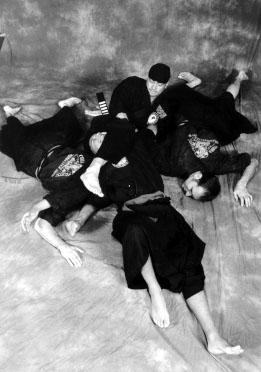
He is the Chairman and Head Director of the International Bushido Federation of the USA and Japan. He is affiliated with the following: the Professional Kickboxing under Tommy Chen and Shihan Jonas Nunez, USA Daito-Ryu National Jujitsu Association under Grandmaster John Denora,
Professional Karate Association under Grandmaster Aaron Banks, Masters Production Professional Kickboxing under Grandmaster Donny Carolei, Sanuces Ryu Mushaba Force under Dr. Moses Powell.
He is the Head Chairman of the Aikidokan Association of Peru under Shihan Padre Jorge Otiura. He belongs to the Mawashi Ryu Jujitsu Association under Grandmaster Rudy Jones. He is a member of the (SIMA) Shinjimasu International Martial Arts Association.
U.S.INTL GRANDMASTERS COUNCIL CHAIRMAN AND FOUNDER DR. DARRELL R. SMITH http://whsu.yolasite.com www.digarboartiorientali.it/membership.htmlhttp://www.shinjabukeryu.comwww.americaninternationalofsocietyof.comhttp://www.profsoto.weebly.com
PROF. IRVING SOTO WORLD ADVISER OF US INTERNATIONAL OF GRANDMASTERS & MASTERS SOKESHIP UNION COUNCIL MEMBER USA. http://sokesoto.tripod.com
http://usawarlordmagazine.webs.com
http://grandmastersoto.ning.com/profile/sokegrandmasterirvingsoto
http://gmirvingsoto.blogspot.com



